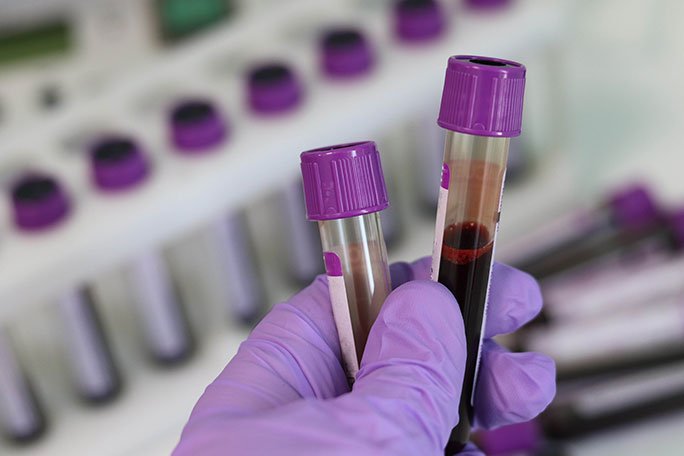Hospital Supply and Equipment Management: The Role of the FDA and Key Strategies for Hospitals
Summary
- The Food and Drug Administration (FDA) is responsible for regulating medical devices and equipment safety in hospitals within the United States.
- Hospital supply and equipment management is crucial for ensuring the safety and efficiency of patient care.
- Proper inventory control, maintenance, and procurement processes are essential for effective hospital supply and equipment management.
Introduction
Hospital supply and equipment management are critical components of healthcare operations in the United States. Ensuring the safety and efficiency of medical devices and equipment used in hospitals is paramount to delivering quality patient care. In this article, we will explore the agency responsible for regulating medical devices and equipment safety in hospitals within the United States and discuss the importance of effective supply and equipment management strategies.
The Role of the FDA
The Food and Drug Administration (FDA) is the primary agency responsible for regulating medical devices and equipment safety in hospitals within the United States. The FDA oversees the approval, monitoring, and post-market surveillance of medical devices to ensure they meet stringent safety and efficacy standards. The agency plays a crucial role in protecting patient safety by evaluating the risks and benefits of medical devices before they can be marketed and used in healthcare settings.
Regulatory Oversight
The FDA classifies medical devices into three categories based on the level of risk they pose to patients:
- Class I devices are low-risk devices such as bandages and tongue depressors.
- Class II devices are moderate-risk devices such as infusion pumps and surgical instruments.
- Class III devices are high-risk devices such as pacemakers and implantable defibrillators.
Post-Market Surveillance
In addition to pre-market approval, the FDA also conducts post-market surveillance to monitor the safety and performance of medical devices once they are on the market. Adverse event reporting, medical device recalls, and ongoing safety monitoring are essential components of the FDA's oversight of medical devices in hospitals.
Supply and Equipment Management in Hospitals
Effective supply and equipment management are essential for ensuring the safety, quality, and efficiency of patient care in hospitals. Proper inventory control, maintenance, and procurement processes are critical for managing hospital supplies and equipment effectively.
Inventory Control
Accurate inventory control is crucial for tracking the availability and usage of medical supplies and equipment in hospitals. Implementing inventory management systems and regular audits can help prevent stockouts, minimize waste, and improve Supply Chain efficiency.
Maintenance and Service
Regular maintenance and servicing of medical devices and equipment are essential for ensuring their continued reliability and safety. Hospital staff should follow manufacturer recommendations for maintenance and calibration to prevent malfunctions and ensure optimal performance.
Procurement Processes
Effective procurement processes are vital for acquiring high-quality medical supplies and equipment at competitive prices. Hospitals should establish relationships with trusted suppliers, negotiate contracts, and conduct thorough evaluations of products to ensure they meet safety and Quality Standards.
Conclusion
In conclusion, hospital supply and equipment management play a crucial role in ensuring the safety and efficiency of patient care in the United States. The FDA is responsible for regulating medical devices and equipment safety in hospitals, and effective supply and equipment management strategies are essential for maintaining high standards of healthcare delivery. By implementing proper inventory control, maintenance, and procurement processes, hospitals can enhance patient safety, reduce costs, and improve overall operational efficiency.

Disclaimer: The content provided on this blog is for informational purposes only, reflecting the personal opinions and insights of the author(s) on the topics. The information provided should not be used for diagnosing or treating a health problem or disease, and those seeking personal medical advice should consult with a licensed physician. Always seek the advice of your doctor or other qualified health provider regarding a medical condition. Never disregard professional medical advice or delay in seeking it because of something you have read on this website. If you think you may have a medical emergency, call 911 or go to the nearest emergency room immediately. No physician-patient relationship is created by this web site or its use. No contributors to this web site make any representations, express or implied, with respect to the information provided herein or to its use. While we strive to share accurate and up-to-date information, we cannot guarantee the completeness, reliability, or accuracy of the content. The blog may also include links to external websites and resources for the convenience of our readers. Please note that linking to other sites does not imply endorsement of their content, practices, or services by us. Readers should use their discretion and judgment while exploring any external links and resources mentioned on this blog.
